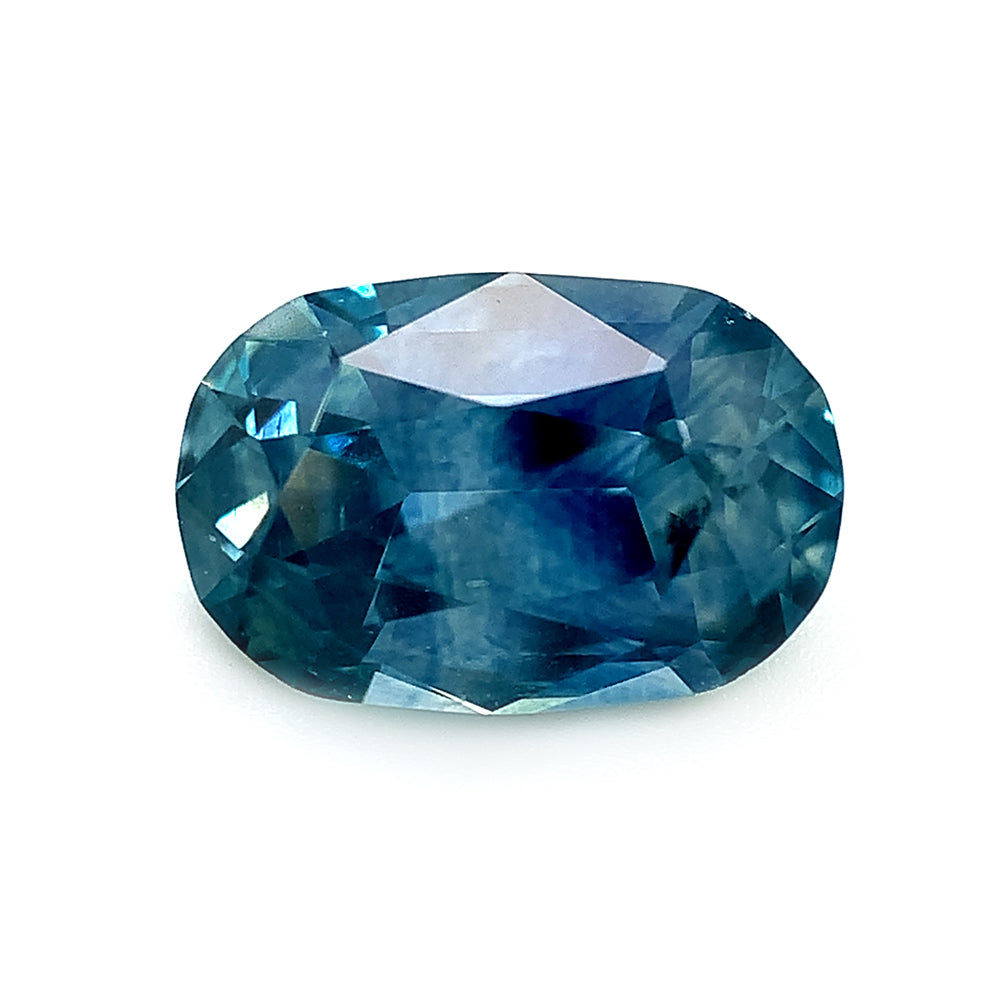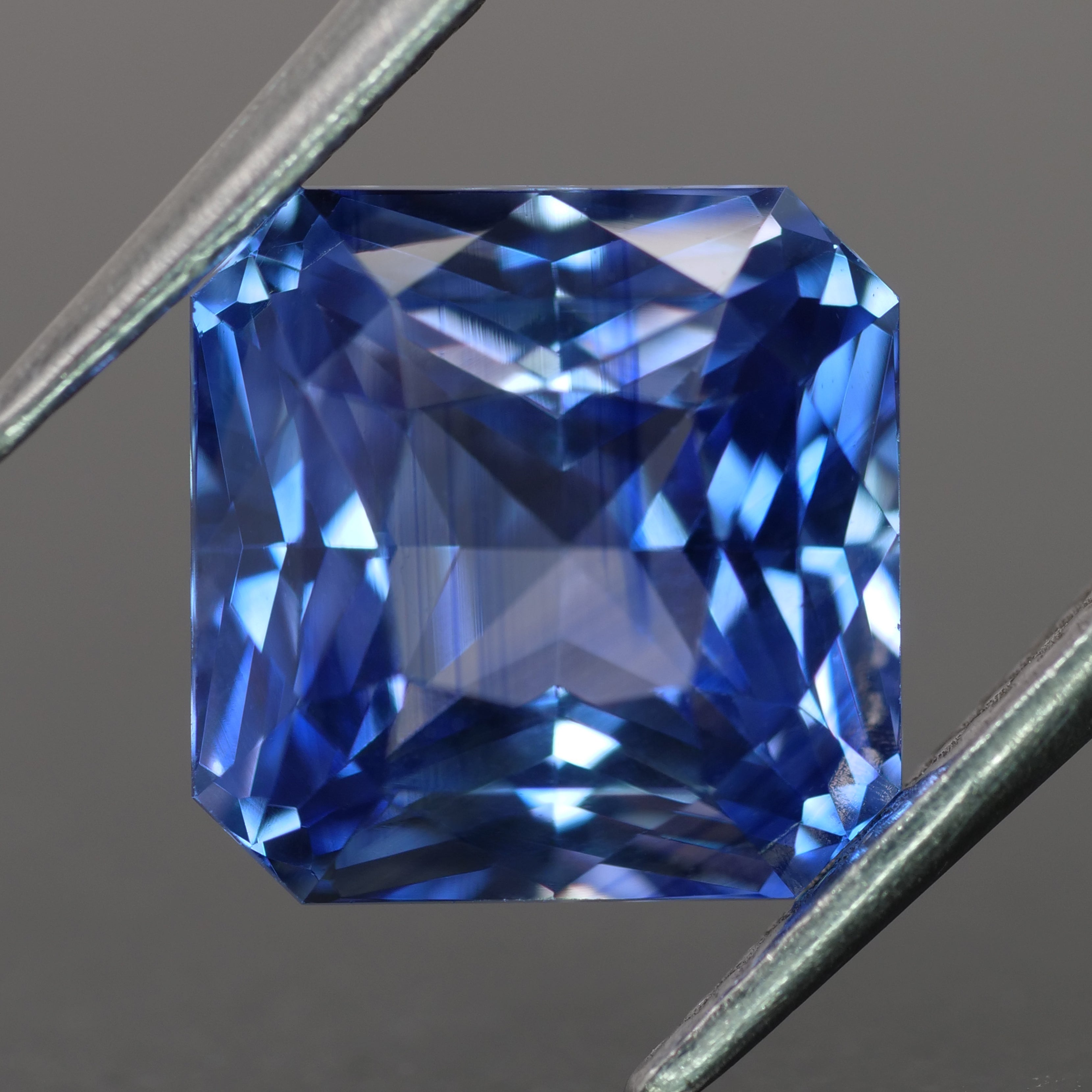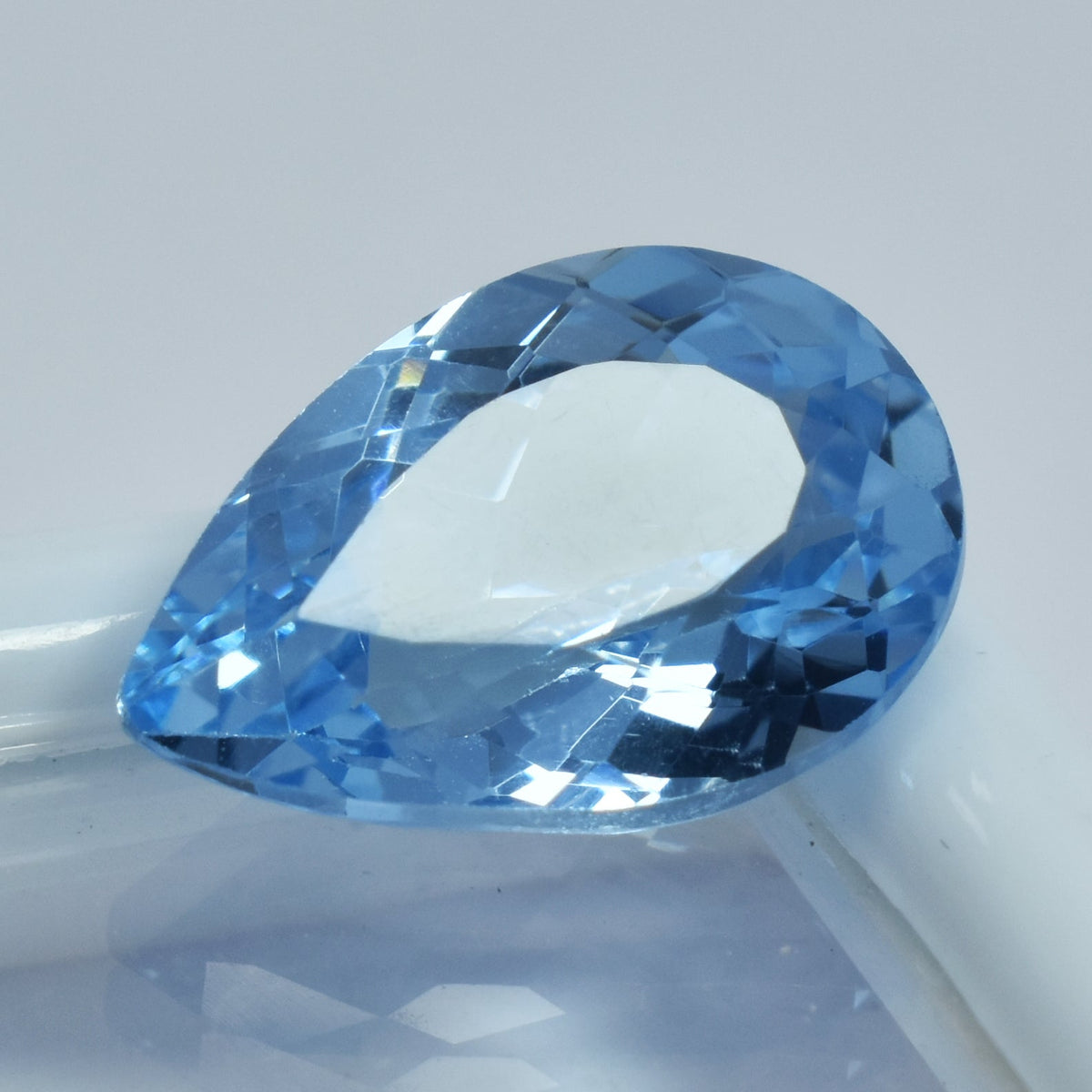8.05 Ct newest Natural Color Changing Sapphire Loose Gemstone Triangle Shape Loose sapphire , sapphire Jewelry in best Offer
Dimensions
Carat weight= 8.05 ct
length= 12.51 mm Approx.
Width=12.50 mm Approx.
Depth =8.80 mm Approx.
Origin = Ceylon
Certificate = Yes Available (CGI)
Color Change Sapphires
Color-change sapphires are corundum's chameleons—stones that change color under different lighting. Under daylight equivalent (fluorescent or LED daylight-balanced) light, the typical color-change sapphire's basic color ranges from blue to violet. Under incandescent light, it ranges from violetish purple to strongly reddish purple. Some rare color-change sapphires change from green in daylight to reddish brown in incandescent light.
When gem experts judge color-change sapphires, they describe the color change as weak, moderate, or strong. The strength of the stone's color change is the most important quality factor affecting its value.
The color of star corundum has a great effect on its value, though it is understood that miniscule inclusions are the cause of the asterism. They can affect transparency and color, and only very rare, exceptional gems exhibit transparency, depth of color and asterism. As such, the best star corundum has a crisp, distinct star against strongly saturated color. If the color is too light, it doesn't provide enough contrast for the star's rays, and newest the star will be less visible.
Star corundum can be red, pink, blue, black, gray, brown, purple, or yellow—practically every color under the sun. The term “star sapphire” encompasses all colors of star corundum except red, which is called star ruby.
Naturally, some colors of star corundum are valued more highly than others. In general, the most prized colors are the same as the colors most valued in non-phenomenal corundum: red and blue.
Trade terms based on sources can represent certain colors and qualities that are associated with a stone's source, generally they refer to the finest stones from that source. But a single source never consistently yields gems that are all the same color and quality. In fact, the descriptive term might represent only a small percentage of its production.
New sources can produce material that is very similar to gems from classical sources or with a slightly different, but just as beautiful, appearance.




